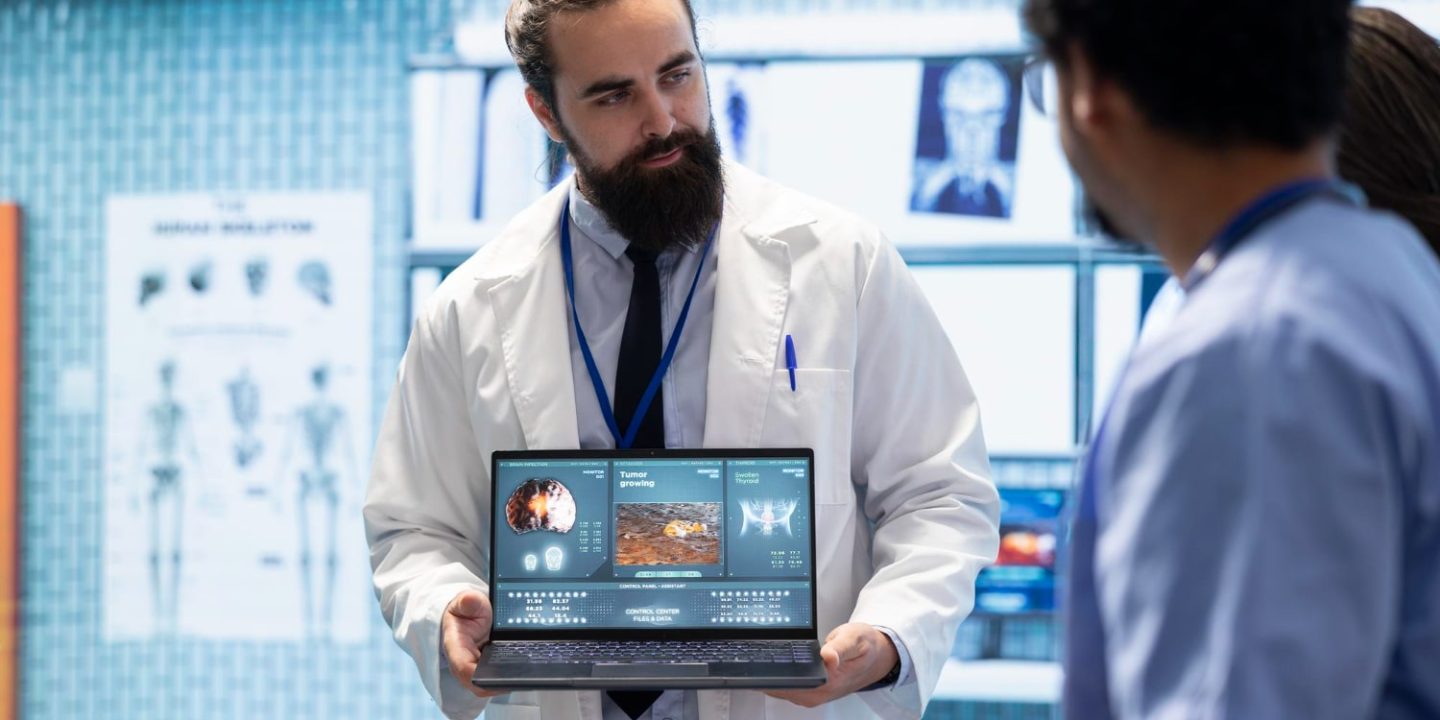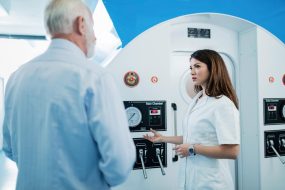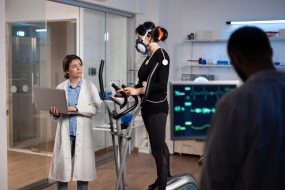- Home
- Technology & AI
- Alpenglow and Virdx Partner to ...

Alpenglow Biosciences has signed a new multiyear strategic agreement with Virdx to jointly develop artificial-intelligence-based diagnostic tools designed to improve the detection of prostate cancer. The collaboration brings together Alpenglow’s capabilities in 3D pathology with Virdx’s work in MRI-based cancer detection. According to the announcement, the partnership aims to accelerate the creation of tools that bridge radiology and pathology.
In the initial phase of the collaboration, the two companies will concentrate on generating a comprehensive three-dimensional dataset of human prostate tissue through the use of light-sheet microscopy (LSM). This approach will enable the imaging of entire cross-sections of tissue, often larger than 4 cm² in size. The resulting dataset, described as a high-resolution ground truth at an unprecedented scale, will be used to assess and further enhance the performance of Virdx’s MRI-based prostate cancer diagnostic tools.
The agreement, which will extend over multiple years, is structured around key milestones and is intended to support the development of next-generation diagnostic solutions. Financial terms of the arrangement were not disclosed. Both companies have indicated that the collaboration will play a role in refining AI-enabled prostate cancer diagnostics by integrating multiple imaging and analytical techniques.
A key component of the partnership involves the use of Nvidia’s advanced computing systems. Alpenglow Biosciences and Virdx will rely on Nvidia’s graphics processing unit (GPU) technology to handle the large quantities of microscopy data produced by the project. The pair stated that the GPU-enabled data analysis pipeline is more than ten times faster than traditional CPU-based systems, which will enable them to work with extensive 3D datasets, each several terabytes in size, and will allow the partners to proceed toward a large-scale clinical trial.
Jacob Murray, M.D., CEO and Co-Founder of Virdx, said, “Their innovative technology and fast-moving team help us generate the data that powers our biophysics AI engine for the next generation of MRI-based cancer diagnostic tools.” Murray also noted that the ground truth data to be developed through the partnership would be essential for guiding Virdx’s diagnostic model development and could support future improvements in patient health outcomes.
Nicholas Reder, M.D., M.P.H., CEO and Co-Founder of Alpenglow Biosciences, emphasised that the collaboration demonstrates the growing importance of high-quality 3D pathology data in building the next generation of diagnostic technologies. He added that the initiative underlines the potential of 3D pathology to connect radiology and pathology through non-destructive, volumetric imaging.
Virdx’s work under the agreement focuses on empowering radiologists with non-invasive and actionable diagnostic tools for prostate cancer. By incorporating Alpenglow’s whole-tissue 3D light-sheet imaging platform, the companies aim to enhance MRI-based predictions using high-resolution images that reveal structural context, cellular characteristics, and rare features that current clinical imaging methods do not capture.
This collaboration marks a significant step for alpenglow biosciences in expanding its role in clinical diagnostics beyond its existing research tools. Alpenglow’s prior work in 3D spatial pathology and imaging for other disease areas provides a strong foundation for this project. For example, earlier partnerships — including the development of inverted light-sheet microscopes with ZEISS — showed how Alpenglow Biosciences is pushing the boundaries of non-destructive tissue imaging in clinical settings. Alpenglow Biosciences+3Zeiss+3Alpenglow Biosciences+3
Further, Alpenglow has secured substantial research funding for advancing 3D spatial pathology. The company was awarded over $24 million in contracts from ARPA-H and the NIH to support its 3D imaging and diagnostics platform development. Business Wire+2Alpenglow Biosciences+2 That prior support strengthens its capability to drive large, ambitious imaging programs like this one with Virdx.
Additional Content / Expansion
Challenges & Opportunities Ahead
While this agreement is promising, significant challenges lie ahead. Generating high-quality 3D datasets at terabyte scales across many patient samples will require robust tissue processing, standardization, and error control. Ensuring that tissue preservation, clearing, and staining introduce minimal artifacts is crucial. Equally important will be the alignment of microscopy data with MRI images, which involves complex registration and computational mapping.
On the opportunity side, the collaboration could deliver new biomarkers and imaging signatures that were previously invisible in 2D pathology or MRI alone. Such discoveries may help stratify patients by tumor aggressiveness or guide targeted biopsy or treatment plans. The integrated radiology-pathology approach has strong potential to reduce false positives, unnecessary biopsies, and overdiagnosis.
Clinical Translation & Future Vision
If successful, this integrated imaging and diagnostic pipeline might be used in prospective clinical trials to validate predictive performance in real patient cohorts. Over time, the tools developed could assist urologists, radiologists, and pathologists in a more unified workflow—where MRI scans suggest suspicious regions and linked 3D pathology data provide ground truth support. In the long term, the approach may generalize to other cancer types beyond the prostate.
Conclusion
The new multi-year partnership between alpenglow biosciences and Virdx heralds a promising chapter in prostate cancer diagnostics. By combining 3D pathology and MRI modalities, and leveraging GPU-accelerated computation, the collaboration aims to deliver more accurate, context-rich, and actionable diagnostic tools. The success of this endeavor could reshape how radiology and pathology interact, reduce invasive procedures, and ultimately contribute to improved patient outcomes.







